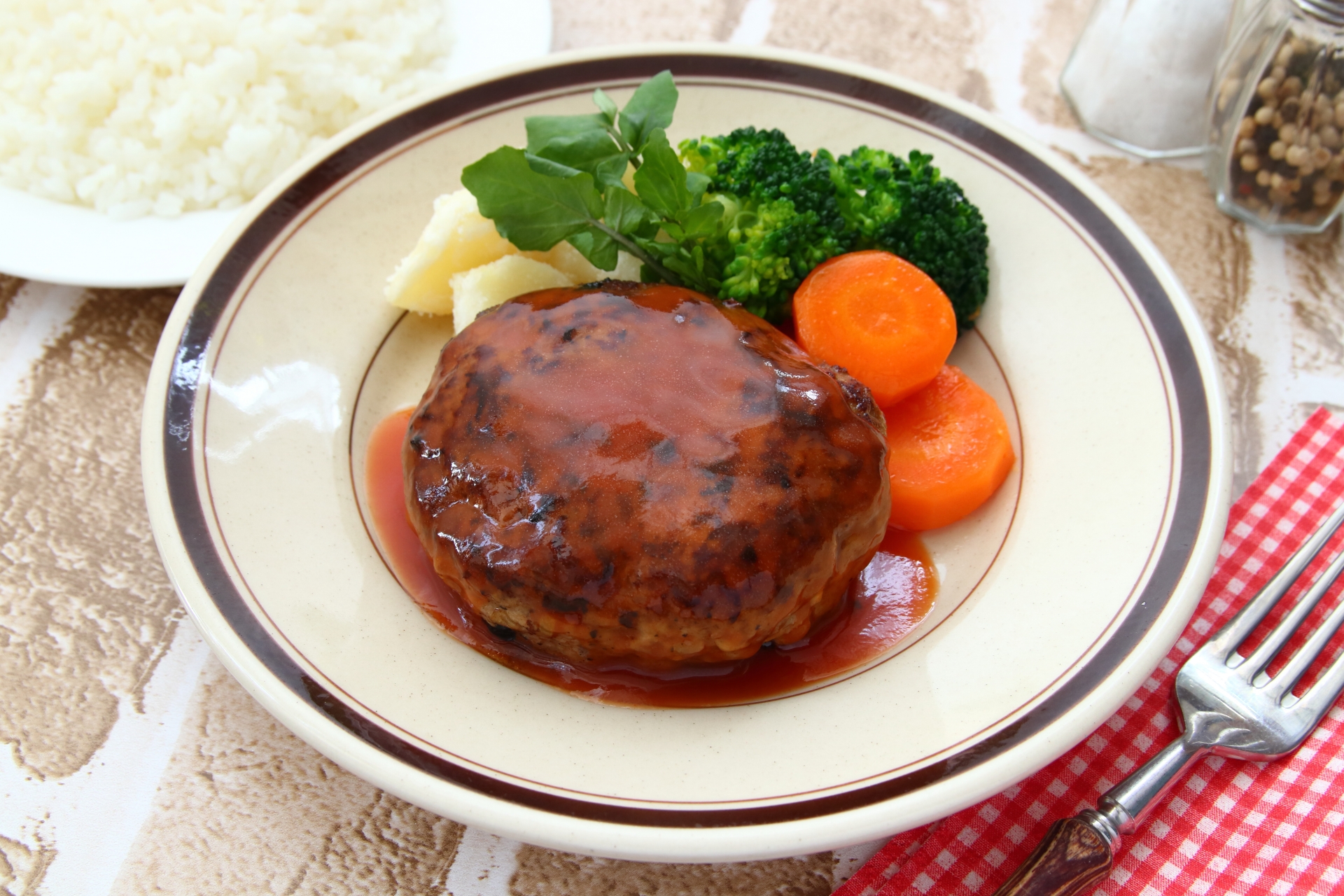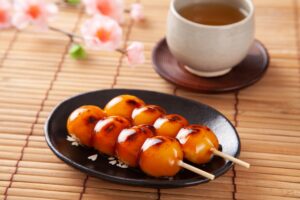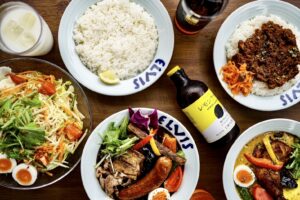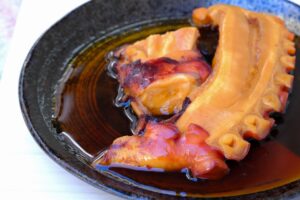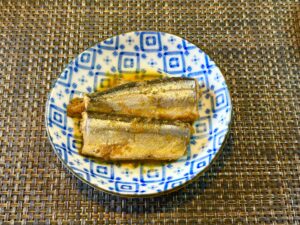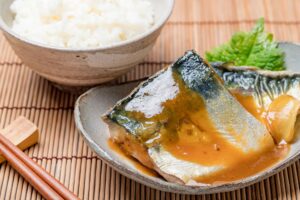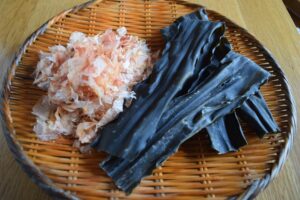Japanese Hamburger Steak, or Hambāgu, is a beloved comfort food in Japan — juicy, flavorful, and often served with rich sauces over rice. In this guide, we’ll explore its history, ingredients, cooking techniques, and variations so you can recreate authentic Hambāgu at home.
What is Japanese Hamburger Steak (Hambāgu)?
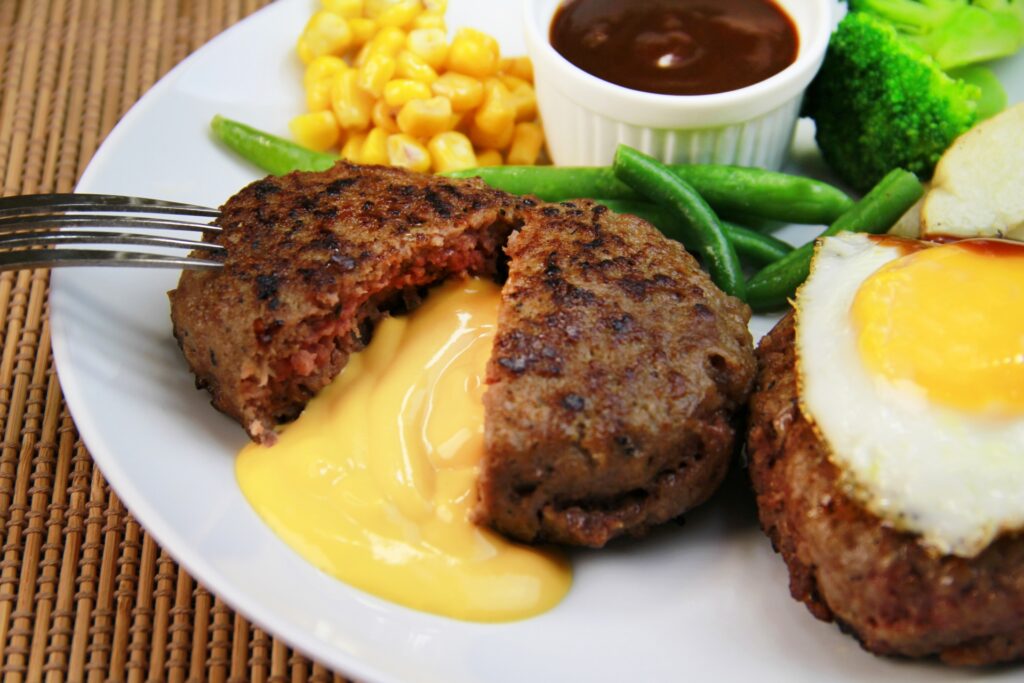
Japanese Hamburger Steak, known locally as Hambāgu (ハンバーグ), is a savory, juicy meat patty at the heart of Japan’s yōshoku (Western-influenced) cuisine. Unlike an American hamburger, Hambāgu is served without a bun, plated as a main dish alongside rice, vegetables, or potatoes. The texture is softer and more tender than a Western burger because the meat mixture includes breadcrumbs, milk, and egg, giving it a melt-in-your-mouth quality.
Its flavor is all about depth and umami. Instead of ketchup or mustard, it’s paired with rich sauces—most famously demi-glace, but also refreshing ponzu or sweet-savory teriyaki. In Japanese homes, it’s a go-to comfort food, while in restaurants it ranges from hearty lunch sets to gourmet versions topped with foie gras or served on sizzling skillets.
As a yōshoku dish, Hambāgu represents Japan’s creativity in adapting Western dishes to local tastes—Western in origin, yet unmistakably Japanese in presentation and flavor.
History and Cultural Significance
Hambāgu’s origins trace back to Salisbury steak and European minced meat patties, which entered Japan in the late 19th to early 20th century during modernization. Initially served in upscale Western-style restaurants, it became more accessible in the post-war era as meat became affordable for the general public.
By the mid-20th century, Hambāgu had become a yōshoku staple—Western-inspired yet adapted to Japanese palates. Unlike American hamburgers tied to fast food culture, Hambāgu was enjoyed as a sit-down meal with rice, miso soup, and carefully prepared sides.
Today, Hambāgu evokes nostalgia for childhood, appearing in school lunches, family gatherings, and bento boxes. Its popularity highlights Japan’s ability to transform foreign dishes into beloved comfort food.
Ingredients and Flavor Profile (Serves 4)
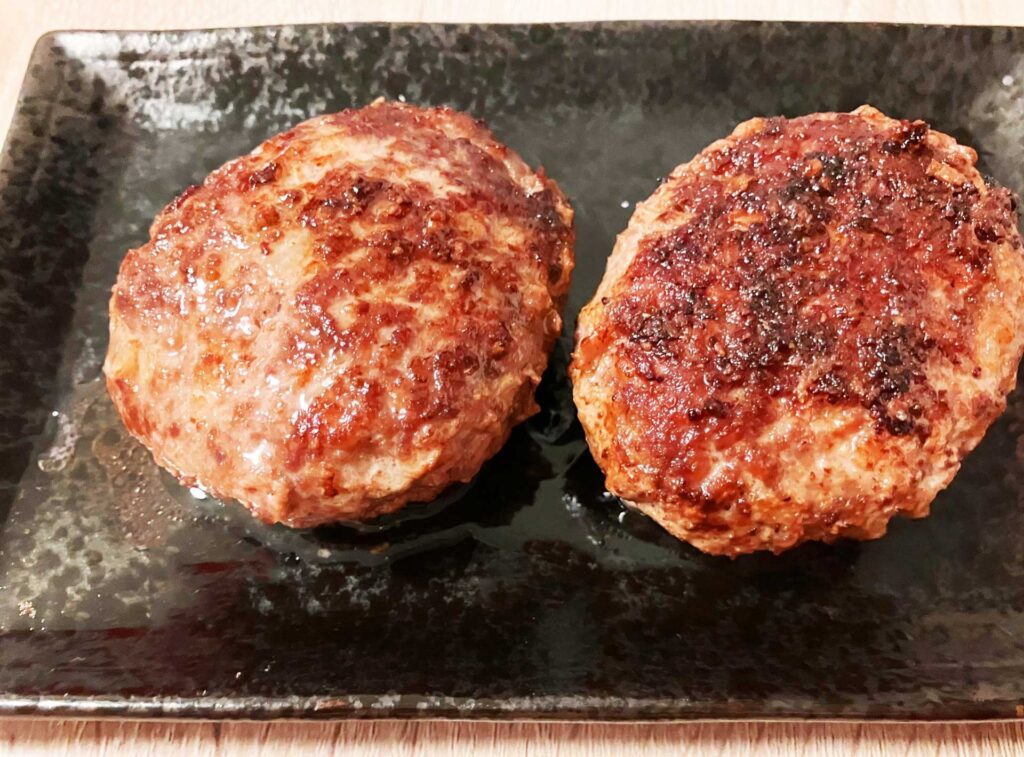
Core Ingredients
- Ground beef/pork mix (70:30 ratio) – 500g (1.1 lbs)
- Onion, finely chopped – 1 medium (about 200g / 7 oz)
- Egg – 1 (medium)
- Panko breadcrumbs – 60g (2 oz / about 1 cup)
- Milk – 60ml (¼ cup)
- Salt – ½ tsp
- Black pepper – to taste
- Cooking oil – 1 tbsp
Sauce Options (Choose One)
1. Demi-Glace Sauce
- Canned demi-glace – 290g (10 oz)
- Red wine – 50ml (3 tbsp + 1 tsp)
- Ketchup – 1 tbsp
- Worcestershire sauce – 1 tbsp
2. Ponzu & Grated Daikon
- Ponzu – 100ml (about ½ cup)
- Grated daikon radish – 100g (3.5 oz)
- Mirin – 1 tbsp (optional for sweetness)
3. Teriyaki Sauce
- Soy sauce – 3 tbsp
- Mirin – 3 tbsp
- Sugar – 2 tbsp
- Sake – 2 tbsp
Optional Add-ins for Variations
- Grated carrot – 50g (1.8 oz)
- Shiitake mushrooms, finely chopped – 2 pieces
- Firm tofu, drained – 150g (5.3 oz)
- Sliced cheese – 4 slices (for cheese-stuffed Hambāgu)
Flavor Notes:
- Beef provides rich flavor; pork adds juiciness.
- Breadcrumbs and milk keep the texture tender.
- Sauces add character—from the deep richness of demi-glace to the light tang of ponzu.
How to Make Japanese Hamburger Steak
- Prepare onions – Sauté finely chopped onions in butter until translucent. Cool completely.
- Mix ingredients – In a large bowl, combine meat, cooled onions, egg, milk-soaked breadcrumbs, salt, and pepper. Knead by hand until sticky.
- Shape patties – Divide into 4 oval patties, pressing out air pockets.
- Chill – Refrigerate for 15–30 minutes to help them hold shape.
- Cook – Heat oil in a skillet over medium heat, sear patties 3 minutes per side until browned, then cover and steam-cook on low for 5–6 minutes until juices run clear.
- Make sauce – In the same pan, add sauce ingredients and simmer until thickened.
- Serve – Plate patties, spoon sauce over, and arrange with sides.
Tips for Juiciness:
- Don’t overmix once the mixture becomes sticky.
- Always sauté onions for sweetness.
- Let patties rest for 2–3 minutes before serving.
Popular Variations
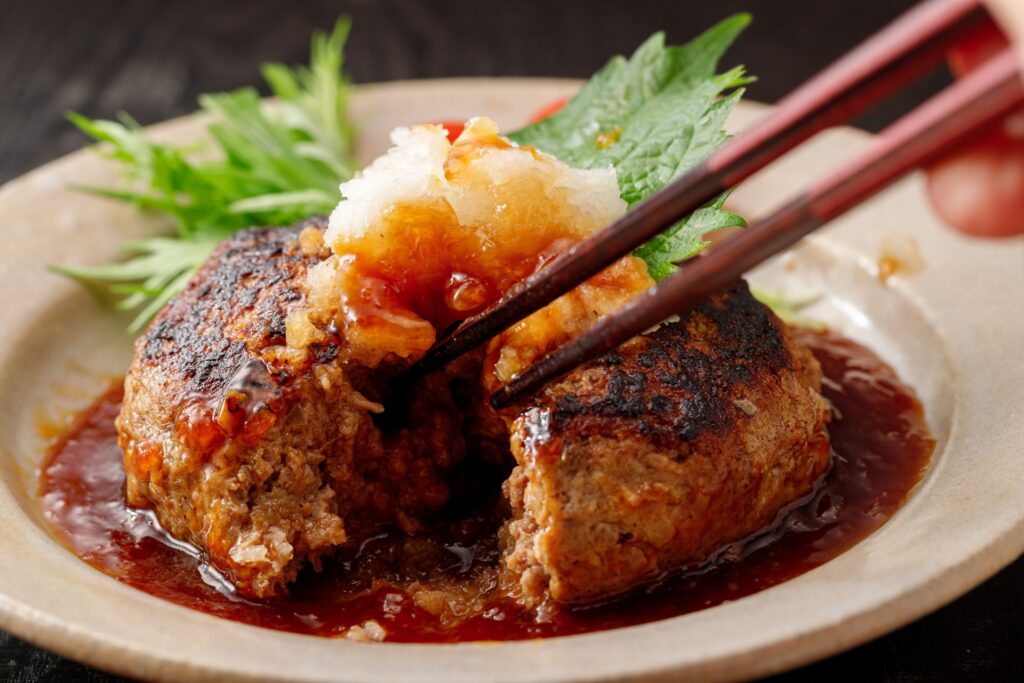
- Regional Styles:
- Hokkaido Cream Sauce Hambāgu: Served with mushroom cream sauce.
- Kansai Demi-Glace Hambāgu: Richer sauce with red wine notes.
- Vegan/Vegetarian: Tofu patties with soy glaze, lentil-mushroom patties with miso sauce.
- Fusion Twists: Cheese-stuffed Hambāgu, curry Hambāgu, spaghetti Hambāgu.

Serving Suggestions and Side Dishes
A complete Hambāgu meal often includes:
- Steamed white rice
- Miso soup
- Japanese potato salad
- Steamed vegetables (broccoli, carrots, or corn)
Drink Pairings:
- Green tea or roasted barley tea for everyday meals
- Light beer or red wine for special occasions
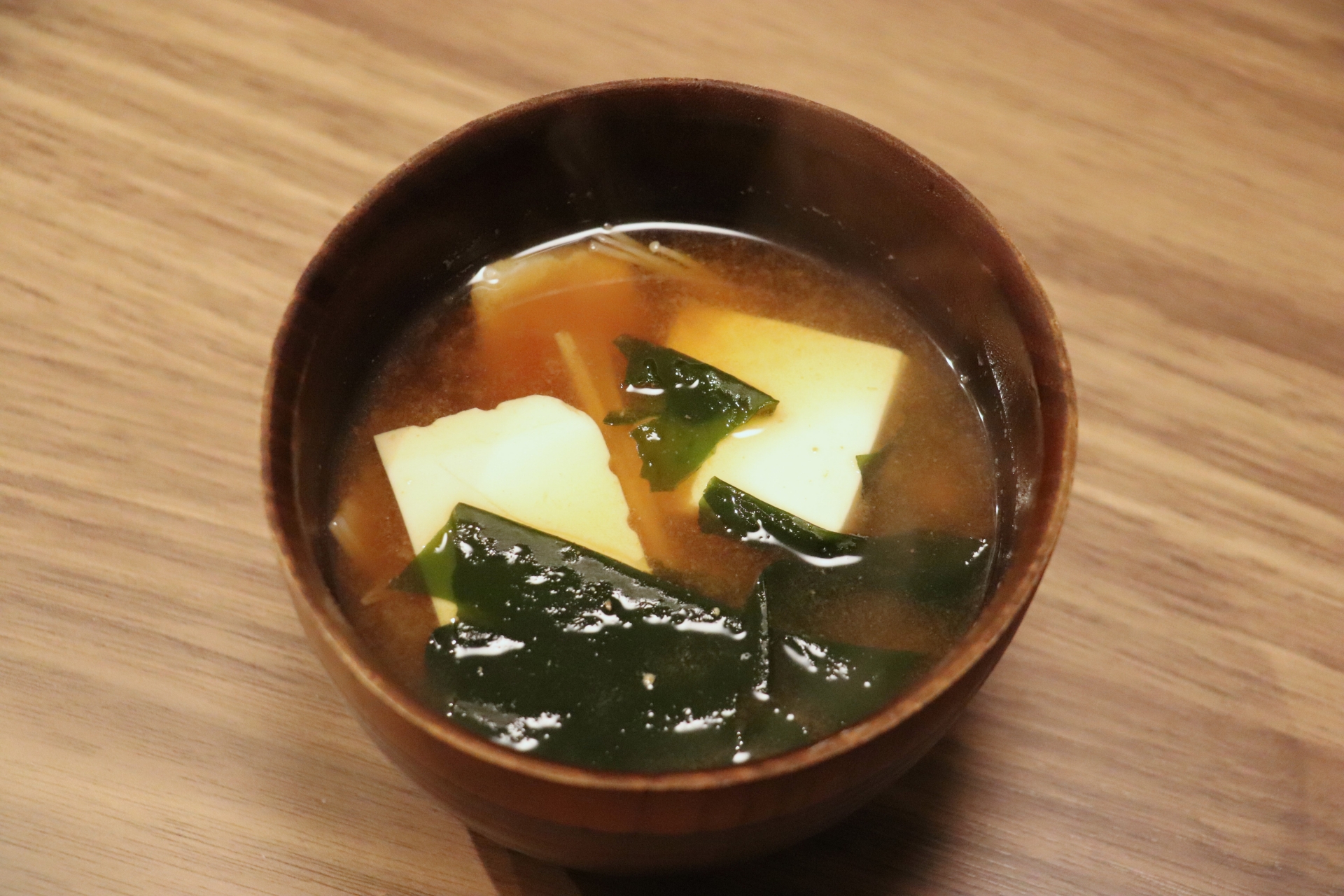
Where to Try Hambāgu in Japan
Chains like Bikkuri Donkey specialize in affordable Hambāgu. In Tokyo, try Ginza Lion or Kitchen Nakamura; in Osaka, explore retro diners in Namba; in Sapporo, enjoy Hokkaido cream Hambāgu at local cafés.
Ordering tip: Say 「ハンバーグをお願いします」 (Hambāgu o onegai shimasu).
Nutritional Information and Meal Prep Tips
A standard Hambāgu (150g patty with demi-glace) contains about 350–400 calories, with 20–25g protein, 20g fat, and 15–20g carbs—generally lighter than a burger with fries.
Meal Prep:
- Freezing: Wrap uncooked patties individually and freeze for up to 1 month.
- Reheating: Thaw in the fridge, then pan-sear and steam-cook before serving.
Conclusion
Japanese Hamburger Steak is more than just a meat patty—it’s a showcase of Japan’s ability to adapt global influences into cozy, flavorful, and deeply satisfying home-style dishes. Whether enjoyed in a bustling Tokyo diner or made in your own kitchen, Hambāgu offers endless customization and a comforting taste of Japanese culture.

